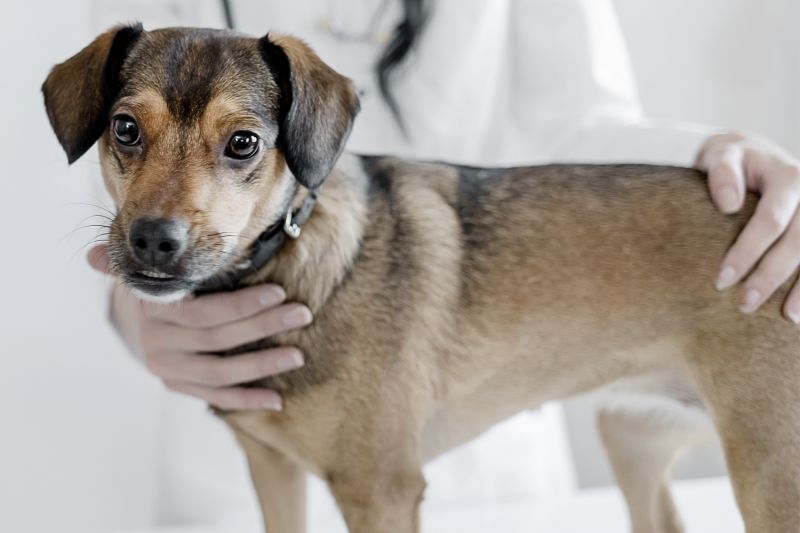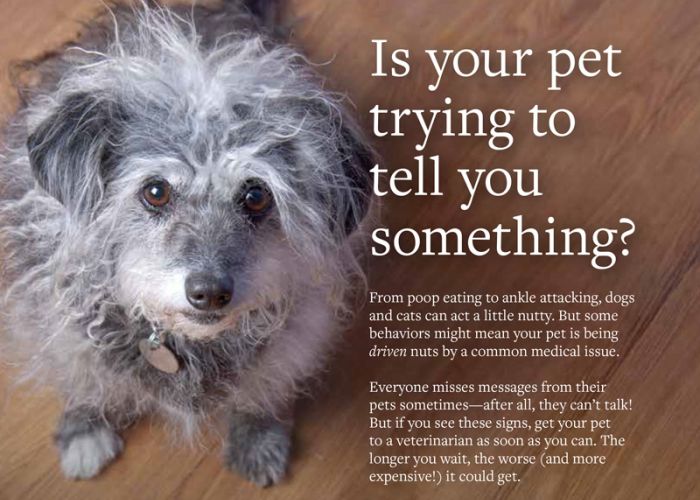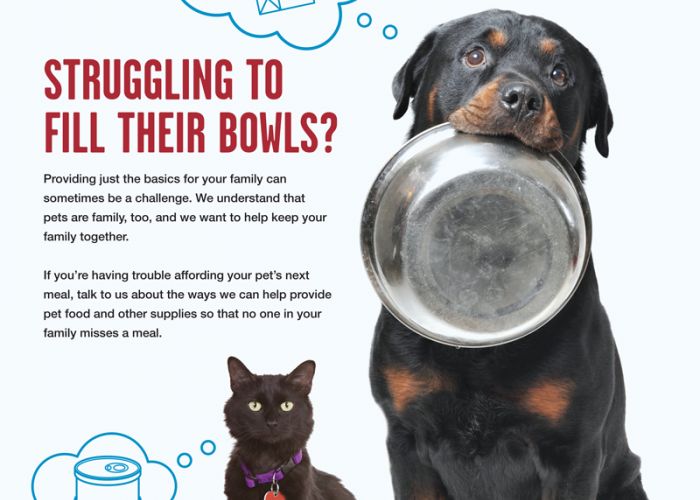Fact sheet: Facts about parvo and panleukopenia
Download our parvo fact sheet on what you need to know about FPV and CPV

What is parvo?
Feline panleukopenia virus (commonly referred to as feline distemper or feline parvo) and canine parvovirus are highly contagious and potentially life-threatening diseases. Both FPV and CPV can be transmitted through animal-to-animal contact and via fomites (objects or materials that can carry infection, such as clothing, bedding, toys or human skin cells). While vaccines remain very effective, animals still lose their lives to these diseases due to misconceptions among pet owners and even some veterinary professionals. Early identification of infected animals and protocols to prevent transmission are crucial to avoiding outbreaks.
Parvo facts
- You can’t tell just by looking at animals if they’re infectious.The shedding period (when the virus is being excreted and is transmissible) often begins before clinical signs are obvious and continues for a period after clinical recovery.
- You can’t confirm a parvo diagnosis via smell. Prompt diagnostic testing is the only way to confirm a parvo diagnosis.
- You can’t prevent parvo in shelters by testing every animal on intake. Screening every dog and cat on intake is ineffective at eliminating parvo from your shelter, as animals may initially test negative then begin shedding the virus days later.
- Recent vaccination doesn’t negate test results. As with any test, false positive results are possible. Weak false positives may occur due to recent vaccination. However, this is likely uncommon, particularly with the IDEXX brand SNAP test. In general, positive results should be taken seriously even in recently vaccinated animals.
- Other strains of parvovirus aren’t harder to diagnose or prevent. In-house fecal ELISA tests are quite specific and sensitive even for variant strains of CPV. FPV and CPV don’t mutate rapidly the way flu and other viruses do, and studies have shown that all of the currently available vaccines produced by major manufacturers, when administered appropriately, provide excellent immunity to all CPV variants.
- Leaving an area or cage empty doesn’t help eradicate the virus. Parvovirus can persist in the environment for months to years without proper sanitation. But there’s no benefit to waiting to reuse a kennel or cage after decontamination; either mechanical cleaning and disinfection was effective, or it was not. Find out which products kill parvo at uwsheltermedicine.com/library/guidebooks.
- Adult animals can contract parvo. While kittens and puppies are most at risk of serious disease, cats and dogs of any age can be affected if they are unvaccinated or haven’t previously been exposed.
- Multiple vaccines don’t increase protection. The number of vaccines a kitten or puppy has received has little to do with their protection status. Vaccines must be given at the precise time when maternal antibodies have waned, and since that can vary from 4 to 15 weeks of age, vaccines should be given at intervals of two to three weeks. Placing puppies and kittens in an adoptive or foster home is a safer option than waiting until they’ve received a certain number of vaccines, as they can continue to be exposed to parvo and other diseases in a shelter environment. For recommended vaccine schedules, visit aaha.org and search for “vaccination table.”
Note that the PDF below is intended to be printed on legal-size paper.
Document







